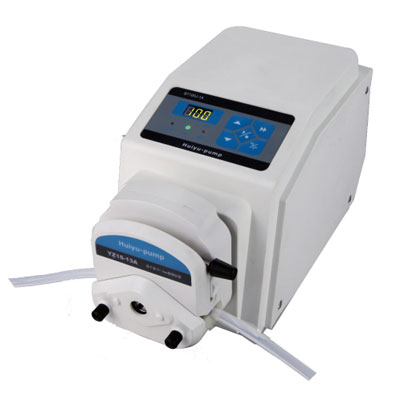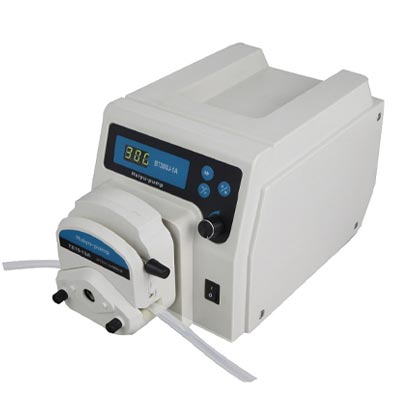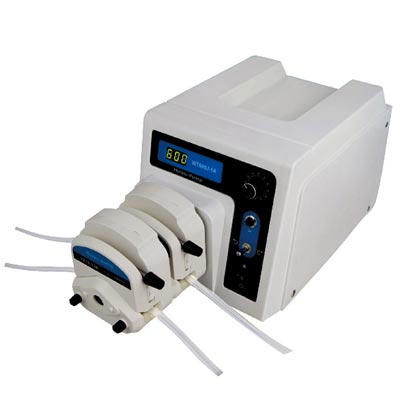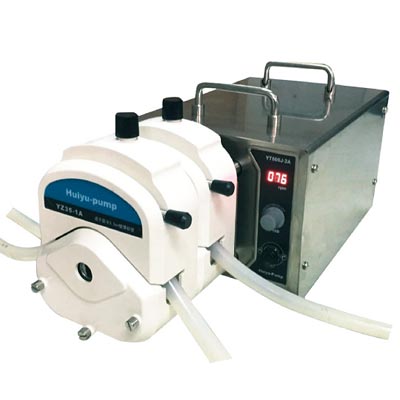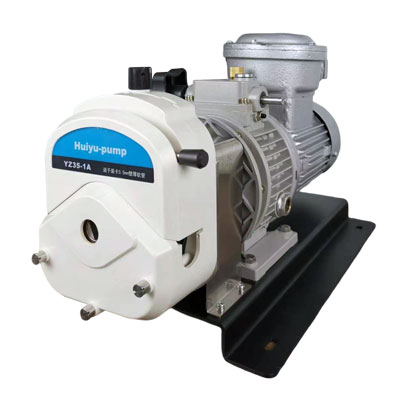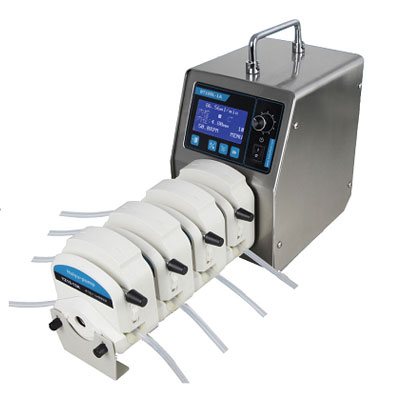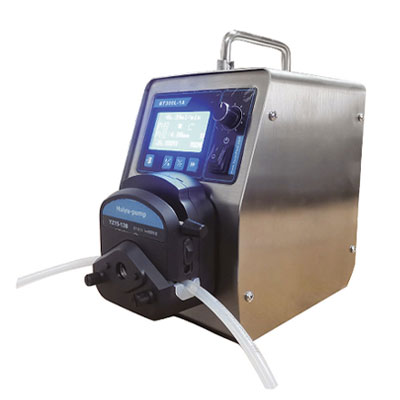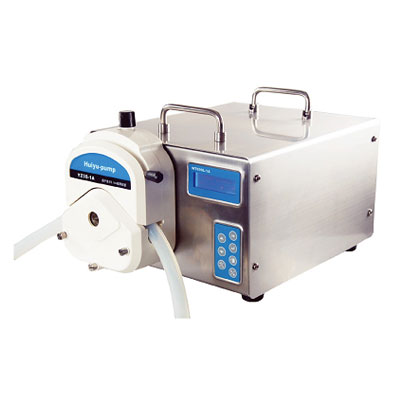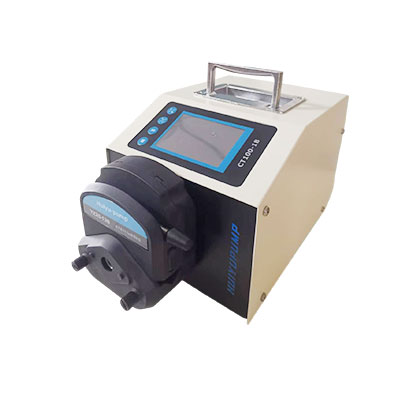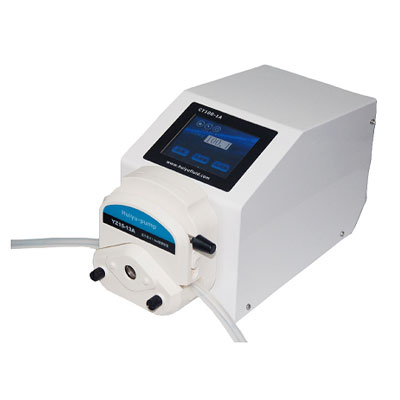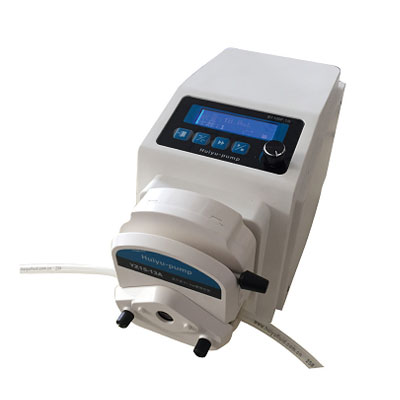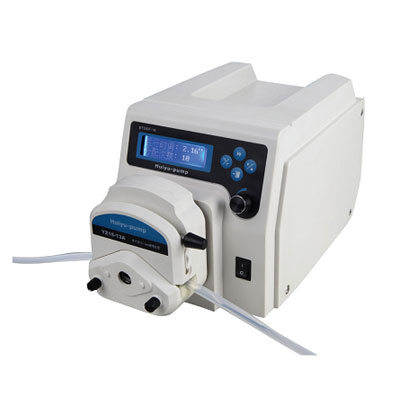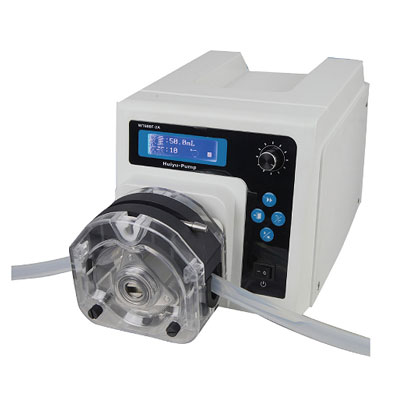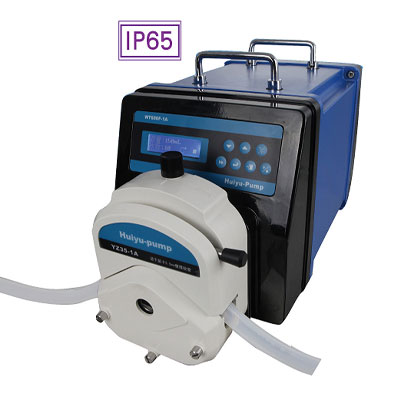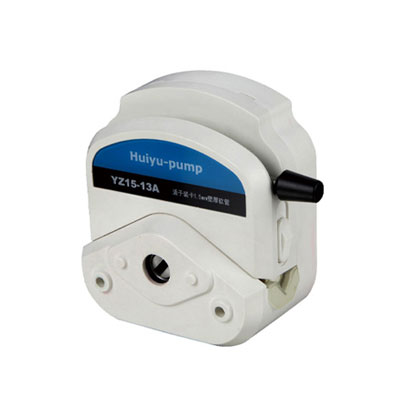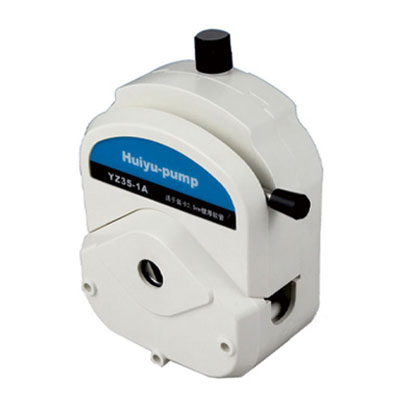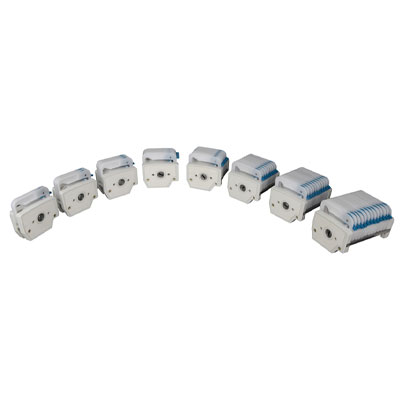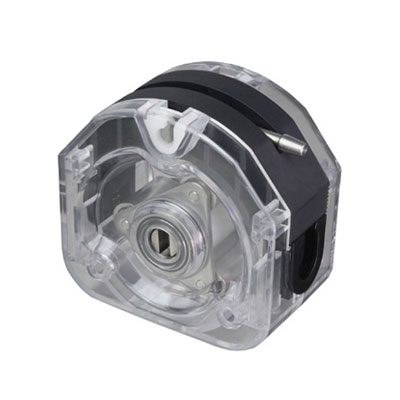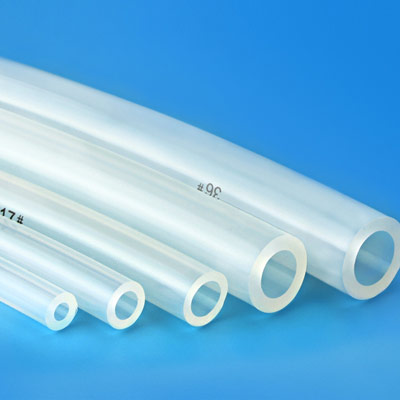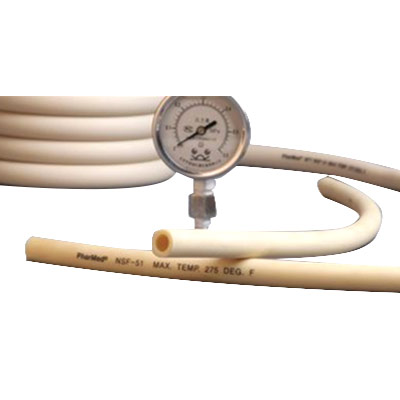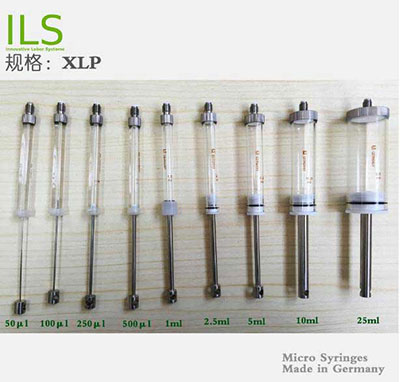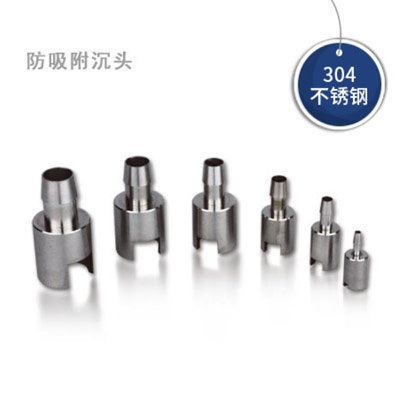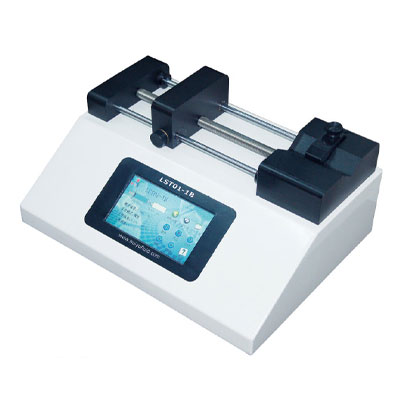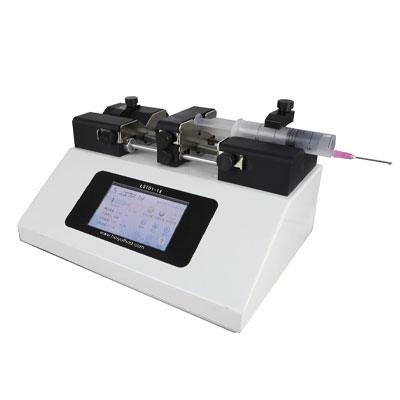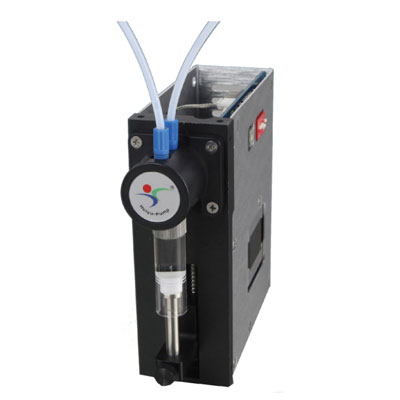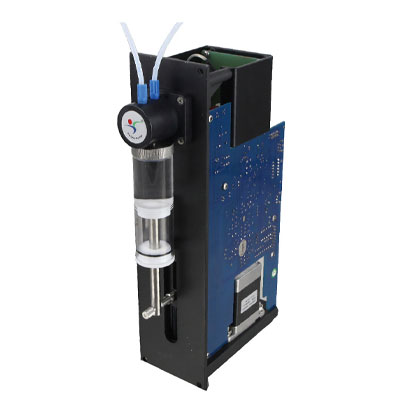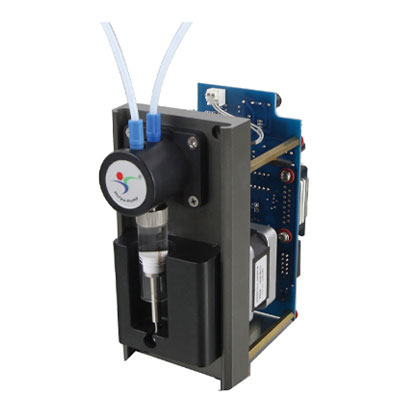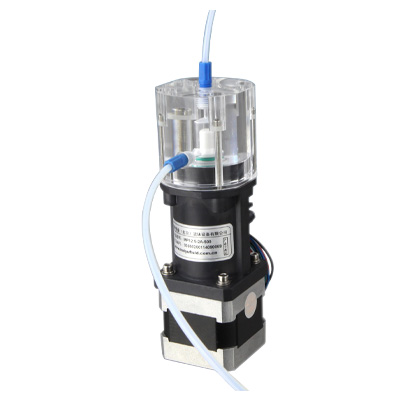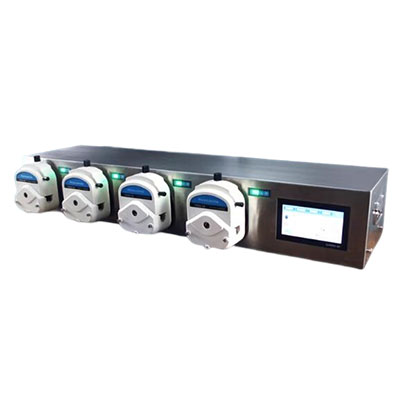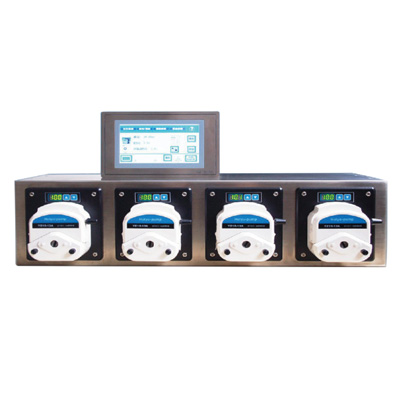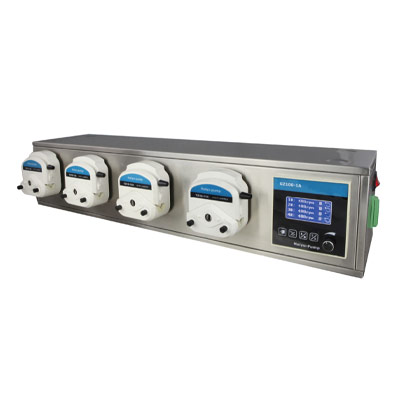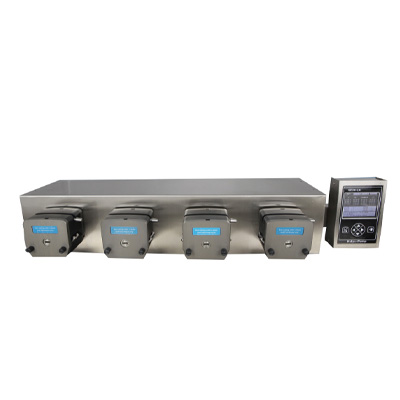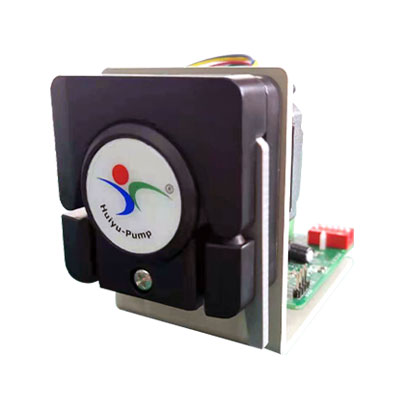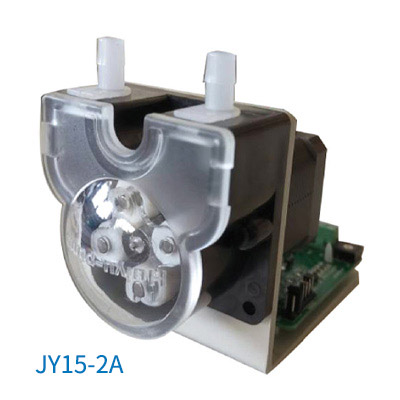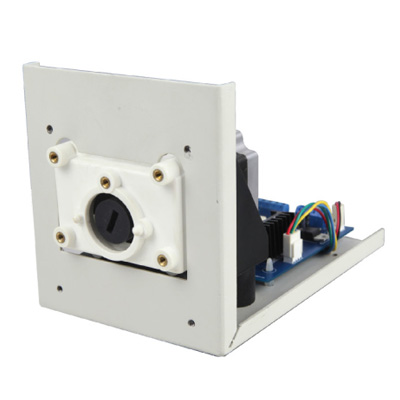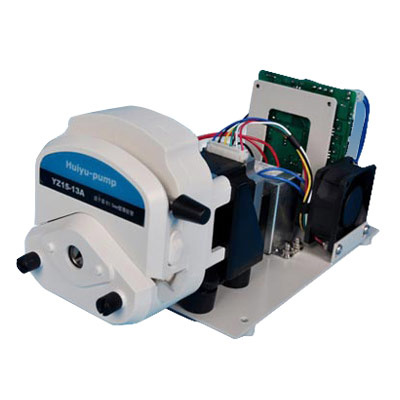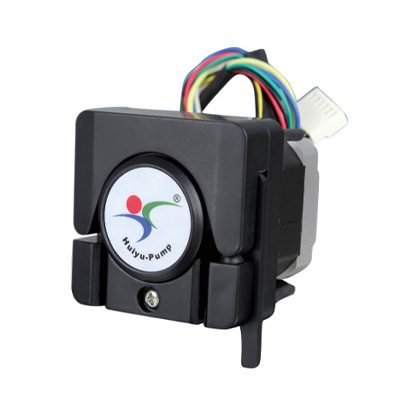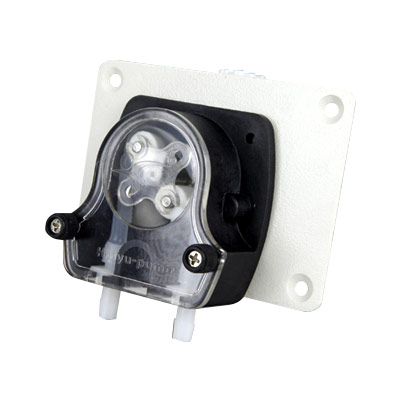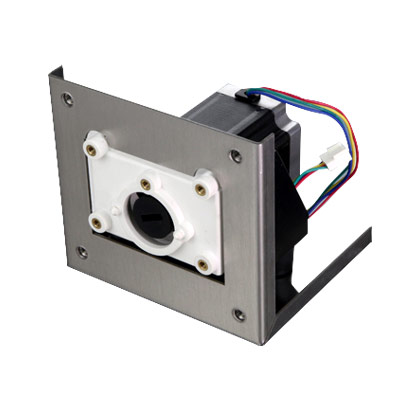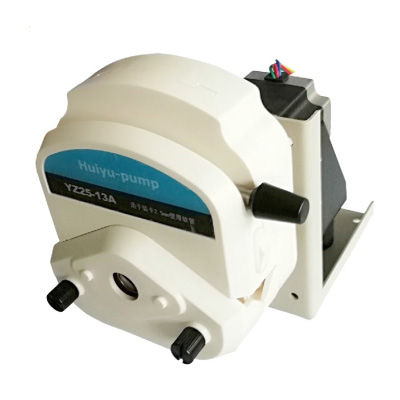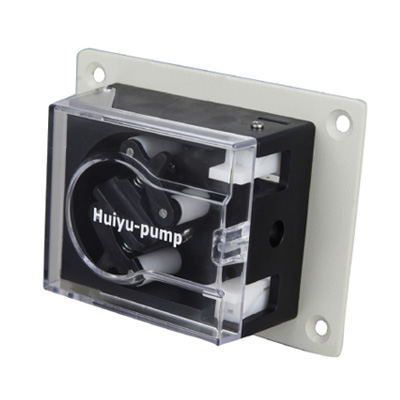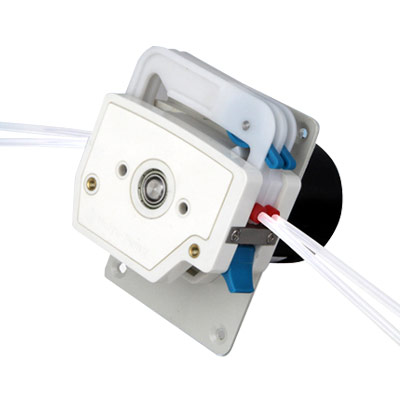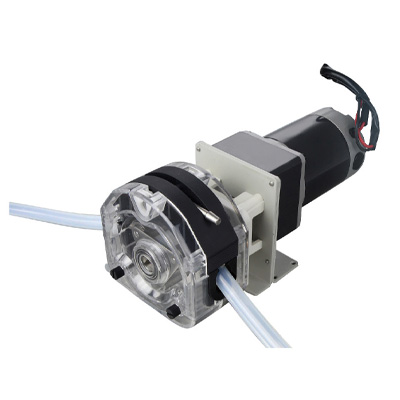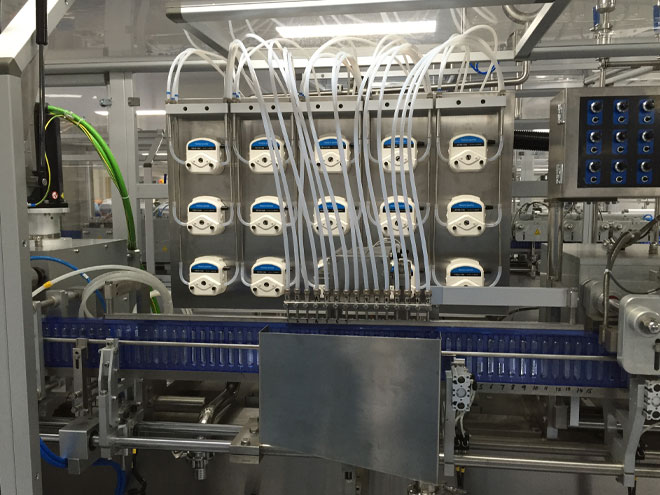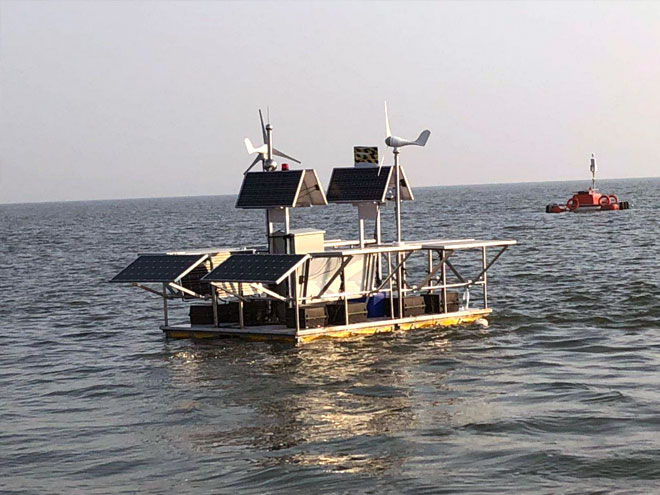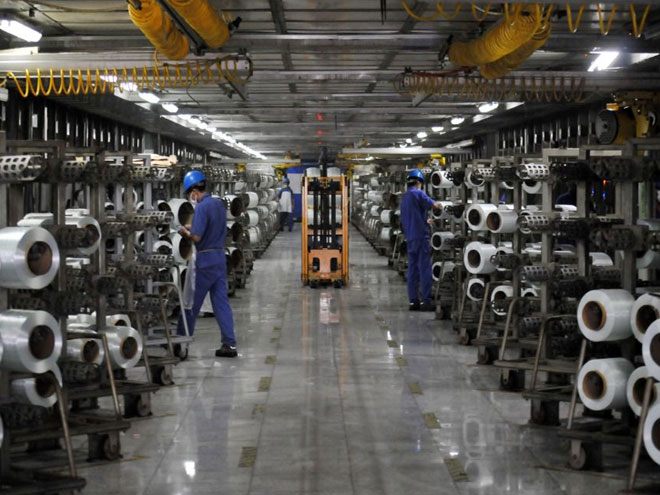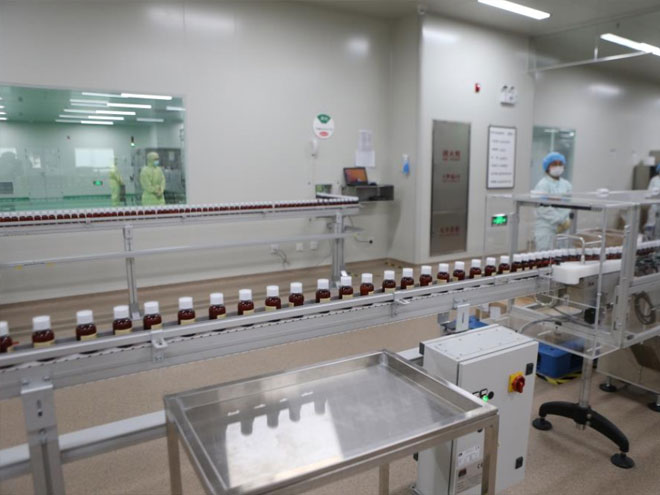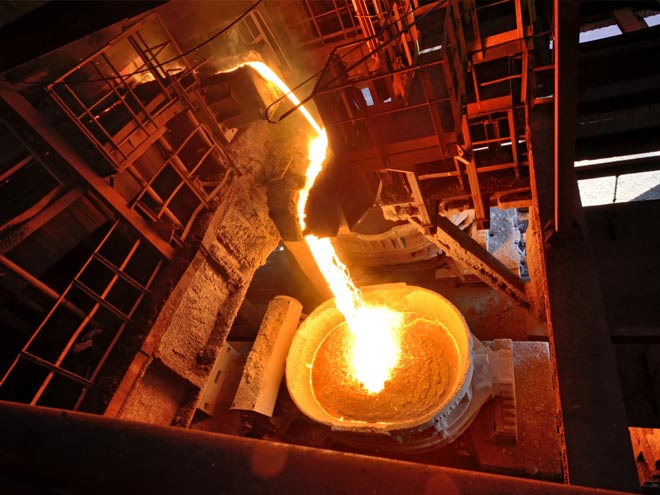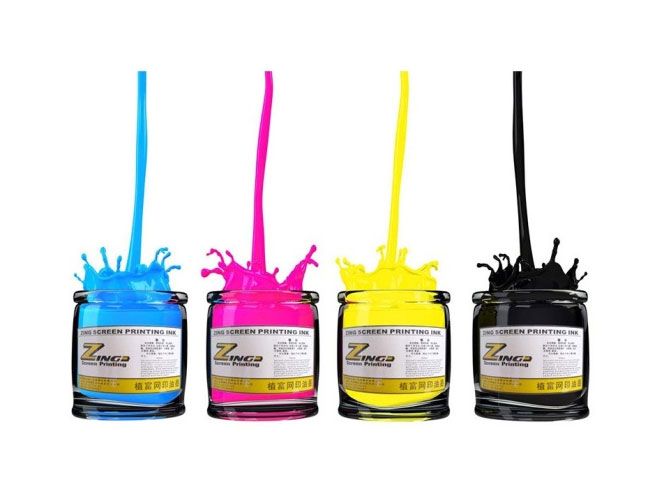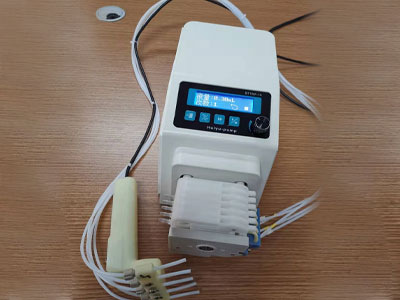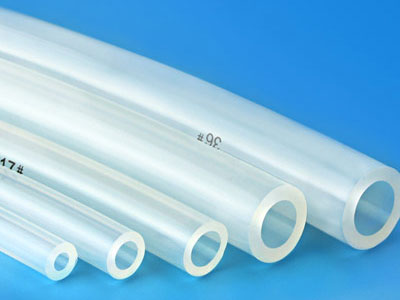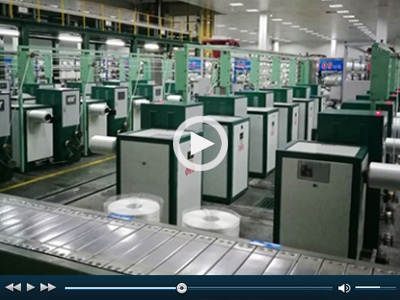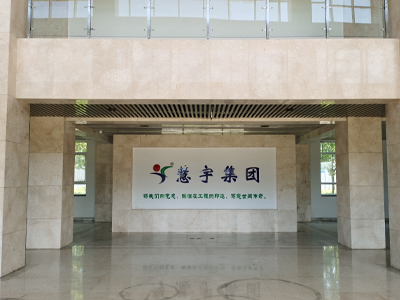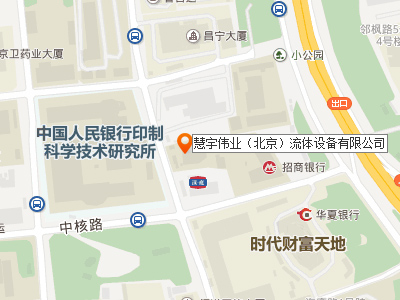The peristaltic pump hose is one of the important parts of the peristaltic pump, but users often choose the wrong pipe material, making it unsuitable for the required application. Some users even use ordinary pipes to replace peristaltic pump hoses, causing catastrophic consequences. With the increasing variety of peristaltic pump hoses on the market, it is also more difficult to select pump tubes.
Peristaltic pumps are gaining popularity due to their pollution-free pumping characteristics and the need for less maintenance. However, when designing or purchasing a peristaltic pump system, many engineers often overlook an important component-the peristaltic pump tube.
1. Chemical compatibility
The pipe must be chemically compatible with the fluid to be pumped in order to have good pumping performance and performance. With the increasing number of pipes on the market-some peristaltic pump models have as many as 15 available pipes-so users can always find a suitable pipe that is chemically compatible with a specific fluid.
Many pump tubing suppliers will provide chemical compatibility tables. However, engineers must pay attention to the use of a chemical compatibility table specifically designed for pump tubing, not a chemical compatibility table for ordinary pipelines. Because ordinary pipes have only general contact with chemical substances, and peristaltic pump pipes are in contact with chemical fluids under pressure, the chemical compatibility level of ordinary pipes and the chemical compatibility level of peristaltic pump pipes cannot be equal. Therefore, only the pump pipe should be referred to, not the chemical compatibility level of general pipes and related substances, otherwise the pump pipe will fail or break and leak, which will cause damage to the pump or dangerous accidents.
When referring to the chemical compatibility table, the user should check the compatibility of each component of the solution, not only the main component, with the pipe to be used. Certain acids or solvents will cause enough damage to the pump tube even if it is only a small amount after being in contact with the pump tube for several hours or days. The user should check each chemical substance in the solution to ensure that it is compatible with the selected pump tube.
Please also keep in mind that the chemical resistance of the pump tubing decreases as the temperature increases. Although some chemicals do not affect the pump tube at room temperature, when the temperature rises to a certain level, it will cause damage to the pump tube. In the chemical compatibility table, the specific environmental conditions must be indicated, especially the temperature limit, before it can be used to determine the chemical compatibility.
If a chemical substance is not listed in the chemical compatibility table, or if the operating environmental conditions of a factory are too different from the conditions specified in the table, an immersion test can be used to obtain more reliable information. When determining chemical compatibility, if there is no other information to refer to, this method can be used.
The immersion test procedure is as follows: Take a short section of pump tubing, weigh it, and measure its diameter and length. Then put the pump tube into a closed container filled with related chemicals and soak for 48 hours. Take out the tube, wash and dry, weigh and measure the size, and record the change of the two measurements before and after. The pump tube should also be checked for signs of softening or embrittlement, which indicate that the chemical substance has harmed the pump tube. After pre-selecting one or several kinds of pipes, the pumping test can be carried out. Each candidate pump tube sample should be put into the factory's actual environmental conditions for trial operation, and the test results should be closely observed. If the pump tube does not show discoloration, swelling, cracks, loss of fluidity, or other signs of deterioration after trial operation, it is proved that it is compatible with the fluid.
Please keep in mind that in order to select the right pipe, whether it is to consult the compatibility table, to do a physical test, or to use both methods, the responsibility should be borne by the user. Only meticulous analysis and testing can ensure the correct test results.
The chemical compatibility of different pipes and solutions varies greatly. But there are also some materials that have super resistance to most chemicals. For example, Viton fluororubber pump tubing can resist a variety of inorganic chemicals and even some organic chemicals. For another example, polytetrafluoroethylene (PTFE) pump tubing is compatible with almost all chemical substances. However, the PTFE pump pipe is a rigid pipe, which requires a pump head. When pumping a variety of corrosive chemicals, pipes that can resist multiple chemicals should be the choice.
2. Pressure
The emergence of high-pressure pump tubing expands the application range of peristaltic pumps to new application areas, including filtration.
The pressure source of a fluid delivery system can vary. When the fluid is pushed through a filter, or the fluid is pushed through a flow meter or valve, or the fluid is pumped into a pressurized reaction vessel, back pressure is created. Before selecting the pipe, the user should first make sure that all the pressure sources in the system have been clarified and the actual measured value of the total pressure of the system has been obtained. When selecting the pump tubing for the peristaltic pump, the user should ensure that the pressure in the system does not exceed the recommended working pressure of the pump tubing. If the pressure is too high, the pump tube will swell and fit poorly with the pump head, resulting in rapid wear and failure. When the system pressure greatly exceeds the bearing capacity of the pump tube, the pump tube may even burst and spray fluid. After selecting a pipe material, ensure that the pressure is maintained within the pressure range recommended by the manufacturer when using it. If the system exceeds the working pressure, a simple pressure relief valve or pressure switch can be installed to prevent the accumulation of excessive pressure. The function of the pressure slow release valve is: when the system pressure exceeds the set value, it will vent to the atmosphere to reduce the system pressure to a level. A more complicated pressure switch can also be used. When the pressure value exceeds the set value, it will turn off the equipment or sound an alarm device through a relay.
3. Temperature
The operating temperature range of the pump tubing is another important factor to consider. Some pipes, such as silicone rubber, have a wide temperature tolerance range and are suitable for both high and low temperature processes; while some pipes such as Tygon and C-Flex are only suitable for a small temperature range. Before selecting the pipe, the user should first find out the maximum temperature and the minimum temperature in the system, and then ensure that the selected pump pipe works in this temperature range. In applications where the temperature needs to be gradually increased, the user should consider the effect of temperature on the chemical resistance and pressure bearing capacity of the pump tube. When the temperature increases, the pressure bearing capacity of the pump tube will decrease.
Four, size
As each roller in the pump head presses through the pump tube, the peristaltic pump will pump a certain amount of fluid. Therefore, the size of the pump tube is directly related to the pumping flow, that is, it has a great impact on the operation of the fluid delivery system. The pump tube is the part that needs to be considered when designing a high-quality peristaltic pump. The size or size range of the pump tube needs to be calculated. The size here mainly refers to the inner diameter and wall thickness of the pump tube. The inner diameter determines the amount of fluid pumped per revolution of the rotor, and the thickness of the wall determines the ability of the pump tube to restore its original shape after each rolling. This ability greatly affects the service life of the pump tube. If the size of the pump tube is too small relative to the size of the pump head, the pump head will not be able to clamp the pump tube, and the pump tube will be pulled out of the pump head; and if the pump tube size is too small, the rollers in the pump head will not be able to hold down the pump tube. Will cause insufficient pumping flow or complete failure. If the size of the pump tube is too large, the excess tube will produce wrinkles between the roller and the pump casing or between the roller and the occlusal bed, resulting in rapid wear and premature failure. When selecting the size of the pump tube, the user should follow the manufacturer’s recommendations to ensure that the system functions well. In some applications that require higher accuracy (such as chemical dosing pumps), the role of pump tube size is more prominent. A slight deviation in size will result in a large deviation in flow or distribution amount and unqualified. Although the size of pump tubing provided by some manufacturers is "close" to the recommended size and "looks the same", there is often a gap. Therefore, in order to achieve the performance and working accuracy of the pump system, the user should adopt the pump tube size that is exactly the same as the size recommended by the manufacturer.
Five, tolerance
Tolerance is the allowable error of the pump tube size. The smaller the tolerance, the smaller the performance deviation of the pump tube, and the better the consistency and repeatability. The larger the tolerance, the more unstable the performance of the pump tube. Some pump tubes have extremely small manufacturing tolerances, and their dimensional deviations are strictly controlled during extrusion. Although it is slightly more expensive to manufacture pump tubing with smaller tolerances, it is worth the cost compared to the improvement in pumping performance.
Six, the average life of the pump tube
Peristaltic pumps face harsher conditions, so pipes with better intrinsic quality, especially those with better resilience, will have a longer service life. In the long run, the longer the service life of the pipe, the lower the operating cost. The fewer pump tube replacements, the less maintenance costs and downtime. The less likely the pump tube will leak and burst. In short, the longer the service life of the pump tube, the lower the total pumping cost. The pump tube manufacturer shall provide test data to prove its claimed pump tube life. Some manufacturers have released relevant information in their manuals (such as "Cole-Parmer Instrument Company Masterflex Pump Information". In any case, when designing a system, engineers should have some understanding of the average life of pipes, so as to help users formulate preventive measures. Maintenance plan so that the pump tubing can be replaced before it fails. Pump tubing suppliers with rich technical knowledge can provide users with useful information for specific applications in order to select suitable pump tubing materials.
7. Transparency
Whether a transparent pipe should be used depends on whether the operator needs to observe the condition of the fluid in the pipe at any time, and also whether the fluid is sensitive to light. If the operator needs to observe the fluid, bubbles, particles, pollution, etc. in the tube at any time, he should use transparent tubing such as Tygon polyethylene or silicone rubber; and if the solution is not suitable for exposure, opaque tubing should be used
8. Air permeability
For some gas-sensitive fluids, such as fluids that are susceptible to oxidation, or anaerobic cell culture fluids, users should consider the air permeability of the pipeline. In general, the air permeability of the silicone tube is high. Therefore, for fluids that are not suitable for contact with gas, pipes with lower air permeability should be used.
Nine, regulatory approval
For the pharmaceutical industry, regulatory certification is essential. In this industry, every item in contact with the product must meet specific standards and guidelines. For this reason, many pump tubing materials are developed in strict accordance with regulatory requirements. These regulations include the United States Pharmacopoeia (USP), the European Pharmacopoeia (EP), the United States Food and Drug Administration (FDA), the United States Department of Agriculture (USDA), and the National Sanitation Foundation (NSF). Of course, it is not enough to just claim that certain materials comply with certain regulations. The pump pipe manufacturer shall provide the user with a certificate proving that the pipe complies with the regulations according to the user's requirements. In this way, the user can provide the necessary certificates to prove that the pump system complies with the necessary regulatory approvals.
10. Cost
Cost is almost a factor that needs to be considered when formulating every project plan. Just as when selecting other components, the user should evaluate the overall cost of use of the alternative pump tubing. For example, a certain type of pump tubing costs US$2 per foot and needs to be replaced every 500 hours; while another type of pump tubing costs US$1 per foot and needs to be replaced every 100 hours; the former is more cost-effective than the latter. Sudden rupture of low-quality pump tubing can cause loss of valuable fluid or damage to the pump, resulting in high-cost downtime and extensive repairs, or even replacement of the entire pump. Therefore, cheap pump tubing is not necessarily an economical choice. It seems impossible to pick an ideal pump tube in the wide variety of pump tube market. However, as long as you carefully study the system requirements, refer to the relevant technical indicators, and maintain close communication with the pump tube manufacturer or supplier with application knowledge and experience, you can select the pump tube suitable for the relevant pump system.
 Your location:
Your location:
 400-0602-365
400-0602-365 




